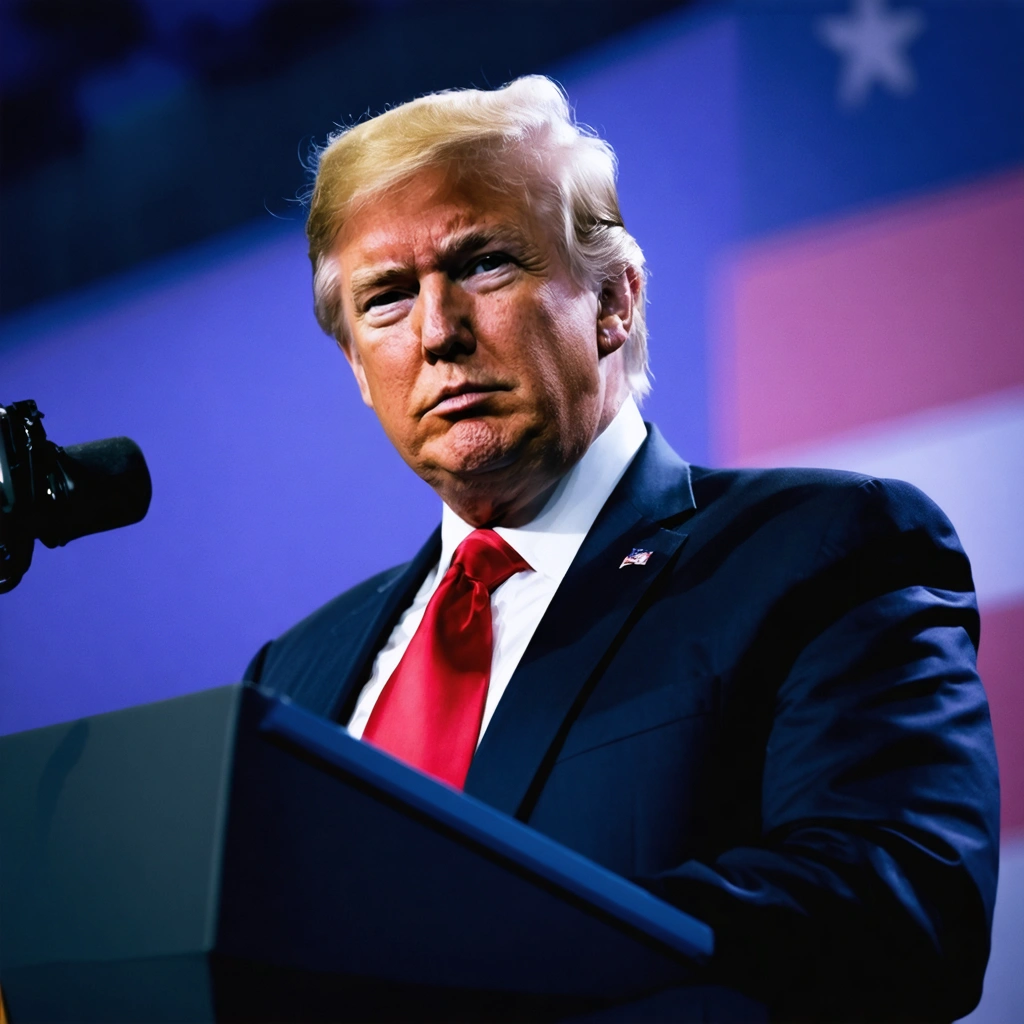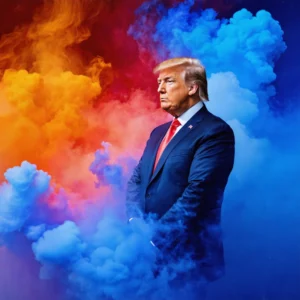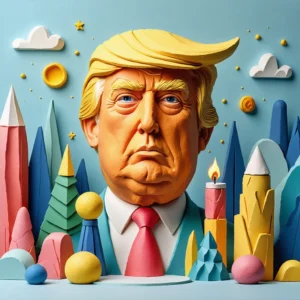
Introduction to the Debate
In recent months, Donald Trump’s tariff policies have stirred deep debates among economic experts, political leaders, and editorial teams across the United States. Moreover, the decisions have sparked widespread concern among newspaper editors who analyze the economic consequences behind these measures. Furthermore, critics argue that the 10% tariffs not only strain international trade but also pose threats to multiple sectors of the domestic economy. Consequently, the ensuing narratives weave a complex web of economic analysis, political intrigue, and public discontent.
Examining the Tariff Policy
Initially, several publications expressed alarm over the imposition of tariffs. More specifically, The Washington Post criticized the 10% tariffs as a dangerous gamble that could imperil the economic structure. In addition, the renowned publication highlighted that the emerging trade barriers might disrupt supply chains, increase production costs, and escalate consumer prices. Subsequently, this article detailed potential negative repercussions not only for large corporations but also for small business owners who struggle to remain competitive in a global setting.
In contrast, other publications adopted a more reserved tone. However, the majority maintained that any decision impacting trade must be scrutinized for its long-term effects. Additionally, they stressed the need for transparent dialogue between governmental authorities and economic experts. Thus, the discourse encouraged policymakers to review tariff strategies while considering historical data and current market trends.
Tracing Editorial Stances
Throughout the debate, leading American newspapers have voiced starkly contrasting opinions. For example, The Washington Post argued that tariffs threaten not only international relationships but also domestic stability. Moreover, the newspaper presented detailed critiques through investigative reports, stating that the tariff increase risked jeopardizing established economic practices. Consequently, their narrative underscored an urgent call to revisit and revise policies that may contribute to future economic crises.
The Wall Street Journal, however, approached the subject from a different angle. In their analytical pieces, they highlighted market instability and the looming possibility of recession. Furthermore, they provided elaborate analyses that emphasized the unpredictable nature of trade wars and their potential to destabilize market confidence. Additionally, the newspaper noted that investors remain cautious, which, in their view, could lead to prolonged periods of uncertainty and deferred economic decisions.
In a contemporaneous review, The New York Times adopted an editorial tone that condemned the tariff policies on humanitarian and democratic grounds. More specifically, they criticized the administration for targeting universities and judicial institutions, arguing that such measures represent a broader attack on democratic norms. Furthermore, the articles stressed the necessity of safeguarding academic freedom and judicial independence, concurrently suggesting that the current policies may erode the foundational values of American democracy.
Analyzing Economic Repercussions
In order to understand the broader implications, several economic indicators draw attention to a declining economic landscape. Firstly, rising tariffs have contributed to supply chain disruptions. Secondly, these measures have triggered corresponding increases in production costs. Lastly, the resultant economic instability has led to cautious consumer spending. Additionally, experts underscore that the effects ripple through multiple layers of the economy, subsequently undermining growth and innovation.
Furthermore, a detailed examination of the economic indicators reveals the following key factors:
- Reduced international trade volumes
- Increased production and shipping costs
- Waning consumer confidence
- Heightened market volatility
Each point exhibits transition effects across various economic sectors, thereby presenting a comprehensive picture of a slowing economy. Moreover, analysts consistently underline the significance of global economic interconnectedness, which unintentionally amplifies tariff repercussions.
Editorial Perspectives in Detail
To provide further clarity, analysts broke down editorial perspectives into specific categories of concern. In this narrative, multiple bullet lists and numeric analyses enhance the clarity of the discourse. For instance, the analysis includes:
- Criticism of the economic rationale behind tariffs
- Warning signals regarding potential market recession
- Concerns about the political intent underlying policy decisions
Additionally, each category contains multifaceted subpoints that reveal the complexity of the issue. As a result, the interconnected nature of economic partnerships becomes evident, and the necessity of unified national strategies gains prominence.
The Impact on Institutional Integrity
Moreover, the editorial discussion extends beyond mere economic implications. Several articles report that the tariffs have created ripple effects in the institutional frameworks across the country. For example, actions perceived as hostile towards academic institutions and judicial panels have raised fears about broader governmental overreach. Consequently, these institutional dissections provoke further debates regarding democratic governance and institutional integrity. Therefore, analysts conclude that a reexamination of policy drivers is essential to restore faith in democratic institutions.
The following table summarizes key criticisms raised by major newspapers:
| Publication | Primary Concern | Main Argument |
|---|---|---|
| The Washington Post | Economic Stability | Tariffs could disrupt the domestic market and international trade. |
| The Wall Street Journal | Market Confidence | Policies are likely to induce a market recession with prolonged instability. |
| The New York Times | Institutional Integrity | Actions undermine academic and judicial independence, endangering democracy. |
Undeniably, the transition from economic policies to political strategies generates a dynamic debate among elected officials and media professionals alike. Additionally, the table provides a succinct summary that aids readers in mapping divergent editorial priorities.
Lessons Learned and Future Prospects
Subsequent to the heated debates, multiple prospects for future policy revisions emerge. Initially, political analysts suggest that government authorities must revisit tariff policies through collaborative measures. Additionally, industry experts recommend that adaptation strategies should include reassessing trade agreements and establishing economic safety nets. Consequently, a risk-management framework that integrates financial safeguards and responsive political strategies gains traction among stakeholders.
Furthermore, moving forward, economic experts anticipate that several measures might effectively counterbalance the negative impacts of tariffs. For example, the following strategies surface in policy proposals:
- Enhancing international trade dialogues
- Fostering innovation in the manufacturing sector
- Implementing comprehensive fiscal reforms
- Supporting small to mid-sized enterprises through subsidies
Moreover, these recommendations frequently appear in legislative proposals, reflecting a broad consensus that transformative changes will restore market robustness. Consequently, stakeholder participation becomes indispensable when enacting such far-reaching reforms.
Concluding Reflections
In summary, the multifaceted debate over Trump’s tariffs illustrates a broader conflict at the intersection of politics and economics. Furthermore, the divergent views expressed in prominent American newspapers elucidate the complexity of reconciling economic stability with political maneuvering. Additionally, the ongoing discourse urges policymakers to concentrate on robust debate, transparent negotiations, and actionable solutions. Therefore, through continued dialogue, the American political landscape may yet find pathways toward economic recovery and enhanced public trust.
Ultimately, the narrative surrounding these tariffs underscores the importance of adaptable policies and vigilant oversight. Moreover, it emphasizes that the future depends on collaborative efforts among political leaders, economic experts, and media voices who balance the immediate needs with the long-term sustainability of national interests. Consequently, the evolving debate continues to shape public perception and government direction during these critical times.




